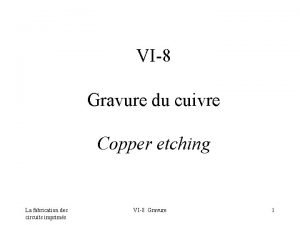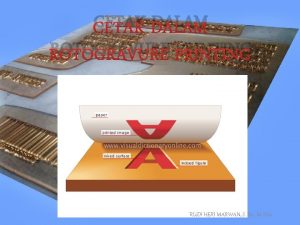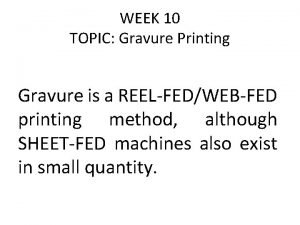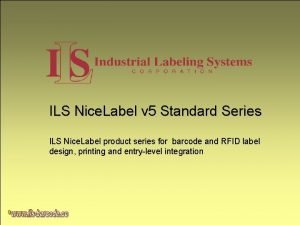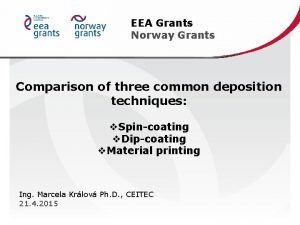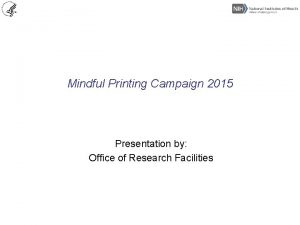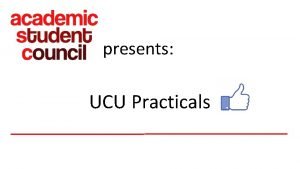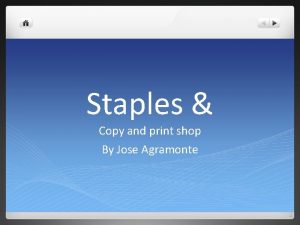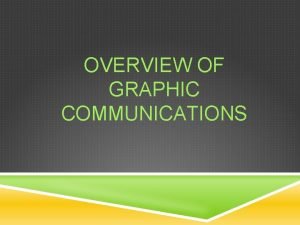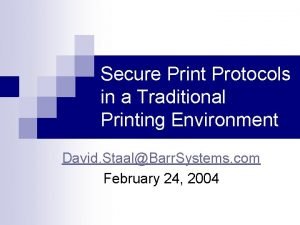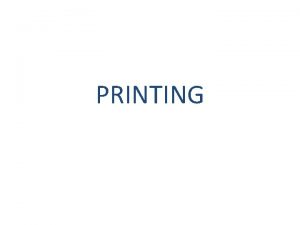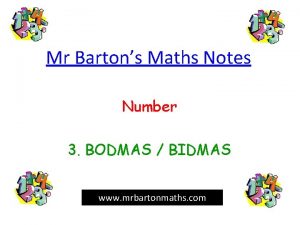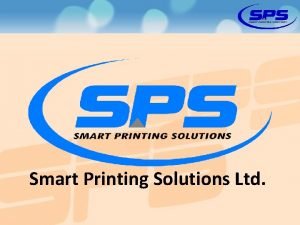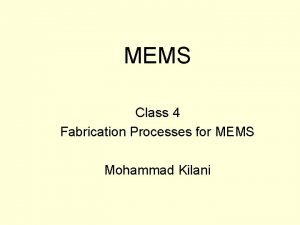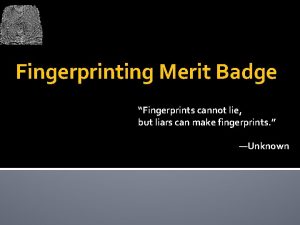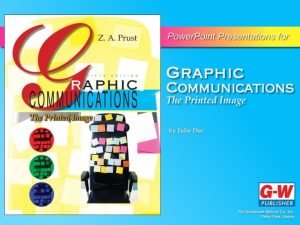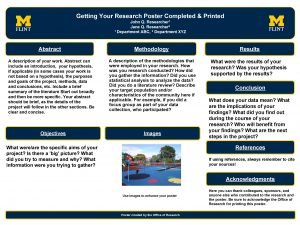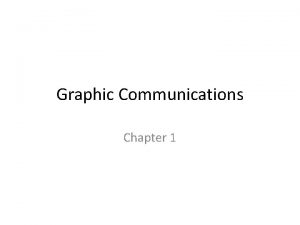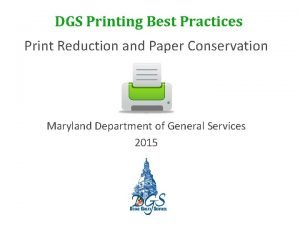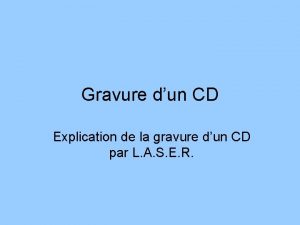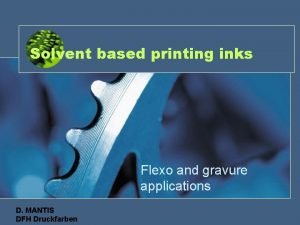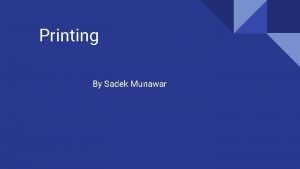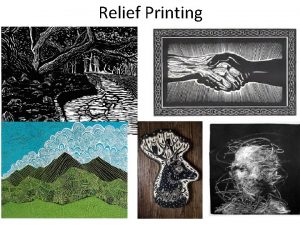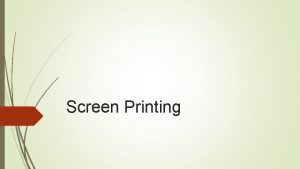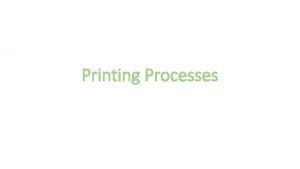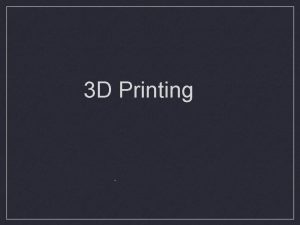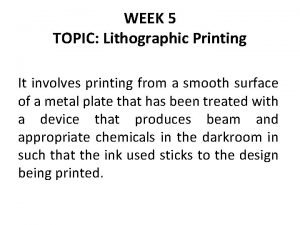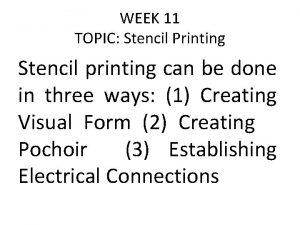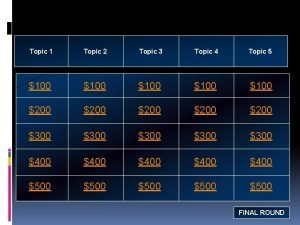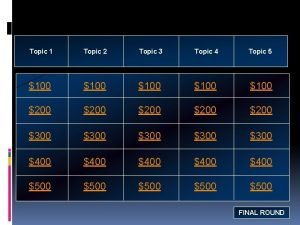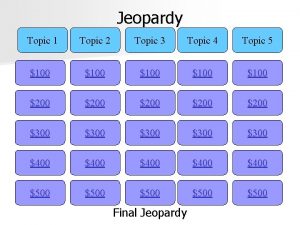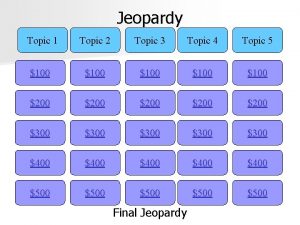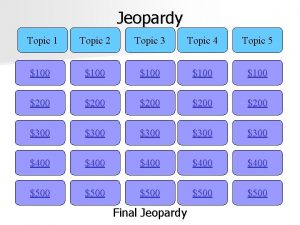WEEK 10 TOPIC Gravure Printing Gravure is a

























- Slides: 25

WEEK 10 TOPIC: Gravure Printing Gravure is a REEL-FED/WEB-FED printing method, although SHEET-FED machines also exist in small quantity.

Publication Press Gravure is used mainly for large RUNS for magazines and directories on thinner paper

Packaging Press A significant number of applications are RUN on paperboard for high volume packaging such as Cigarette cartons and large volume Confectionery/Liquid Packaging

Difference between Packaging and Publication Press The presses used for printing packaging applications are different from publication presses in two ways: (1) Packaging press is narrower and (2) its print units are exclusively set up in a straight sequence horizontally. Publication presses have their units set up vertically.

Advantages of Gravure Printing The advantages of gravure printing lie in the (1) high, consistent and continuously reproducible print result and (2) fast ink drying

Use of Metal Cylinder in gravure Printing In printing process of gravure a metal cylinder is used with the image engraved or etched on the surface in the form of a pattern with cavities called cells.

The Cylinder Surface The gravure cylinder surface varies depending on the engraving or etching system adopted by the printer. The surface can be made of either (1) copper protected by a final chrome finish or (2) by zinc

Rotating Cylinder The cylinder rotates through an ink pan where the cells pick up ink The excess ink on non-image areas is scraped off the cylinder by a doctor blade before the ink is transferred directly to the paperboard surface The inks are (1) low viscosity solvents base or (2) water base

The Ink The ink is dried using high velocity air nozzle dryers in hoods that are either heated or not depending on the application and ink system

Transfer of Ink The transfer of ink from the cylinder is aided by electrostatically charging the impression roller called Electrostatic Assistance (ESA). This transfer method is used mainly when halftones are being printed

ESA cannot be used on Metallic inks ESA cannot be used with printing inks that have metallic pigments that are conductive. In this instance, the printability properties of the paperboard must be sufficient for printing without ESA

Usage of Metallic Inks In a situation where metallic inks are used the ESA can be run on the units prior to the metallic ink being applied. This is mostly possible in the case of pictorial health warnings on tobacco applications

ESA cannot be used on Foil ESA cannot be used on foil/metallized polyesterlaminated boards

Printing with Gravure Technique When it comes to REEL Presentation/Printing method, there is High Volumes and High Speed in gravure printing machine

In the Practice of Gravure Printing There must be tight tolerance in: width, clear edges, well aligned cores and high quality joins

To Achieve good Register In order to achieve good register in printing and finishing, WEB tension and dimensional stability are critically required

Requirements to Achieve good Register To achieve good register, there is need for consistent properties in form of: Tensile Strength, and Stiffness of the paperboard

Hardness of Cylinder For the cylinder to be hard, its surface must be smooth to achieve best contact and ink transfer and more so the thickness of paperboard must be consistent

Surface Defect of Cylinder The gravure printing technique is sensitive to surface defects like blade lines and indentations which can cause failure in ink transfer and the failure in ink transfer can result in missing dots

Key Paperboard Characteristics Thickness, Tensile Strength, Stiffness, Surface Smoothness, Flatness and Dimensionality Stability, Moisture Level in the Board to Central Solvent Retention

Finishing in Gravure Printing In gravure printing most of the products are finished up to the point of blanks in line

Point of Blank-in-Line The point of blank-in-line means the stage when all the: varnishing, embossing, die-cutting, and foil blocking are done at the end of the press with rotary or flat bed tooling

Non-Register/Non-alignment It is worthy of note that Non-register/ mis-registration/non-alignment of the packaging materials can occur in the printing process and in the subsequent finishing stage. The solution is to use total quality control, zero defect, zero tolerance in the production line

GUIDING QUESTIONS FOR THE WEEK

READING
 Copper diser circuit grave
Copper diser circuit grave Mesin rotogravure
Mesin rotogravure Gravure cylinder defects
Gravure cylinder defects Week by week plans for documenting children's development
Week by week plans for documenting children's development Example of a clincher sentence
Example of a clincher sentence Narrow topic examples
Narrow topic examples Ils printing
Ils printing Reverse offset printing
Reverse offset printing Broadnax printing
Broadnax printing Henry viii definition ap world history
Henry viii definition ap world history Uu solis
Uu solis Staples pc tune up
Staples pc tune up Impactless printing definition
Impactless printing definition Secure printing protocol
Secure printing protocol Bodmas printing
Bodmas printing Printing and publishing industry
Printing and publishing industry Uwl printing
Uwl printing Bodmas notes
Bodmas notes Smart printing solutions
Smart printing solutions Qad label printing
Qad label printing Proximity printing
Proximity printing Fingerprinting merit badge requirements
Fingerprinting merit badge requirements Ionography printing process
Ionography printing process Literature review poster example
Literature review poster example Impactless printing definition
Impactless printing definition Dgs printing
Dgs printing
